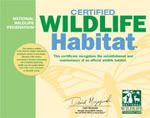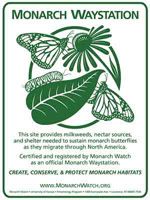The Great Backyard Bird Count 2010 is now one for the books and I'm happy to have been a part of it. While I always love watching the birds and their antics, focused attention on them always brings about new insights to their behavior.
For example, I found that Black-capped Chickadees are flitty little things, difficult to photograph without blurring. They feed by grabbing a seed (sunflower seeds were a favorite) and taking it to a tree, where they peck at it to crack it open so they can eat the meaty insides.
Black-capped Chickadee
Again and again, they visited the feeder just long enough to get another seed, then quickly retreated to their branch. I wonder if they do this so they won't have to compete with other birds and can enjoy their meal in private.
Cardinals and Blue Jays are usually common visitors to our yard, preferring the berries of the Washington Hawthorn trees here. But throughout three days of official counting, not a single Blue Jay and only two Cardinals were seen. There are still plenty of berries for them, so I'm not sure where they were.
House Finch - male and female
GBBC wants to know which species of bird you saw the most of at one time, and here, it was the House Finch. Once, I counted seven of their red heads chowing down, oblivious to the other birds around them and to me, watching at the window.
The most fun to watch were the White-breasted Nuthatches, because they insisted on eating upside-down, even when they had a handy perch to rest upon. I think they're an especially beautiful bird and never tire of watching them or hearing their staccato calls. They alternated between the songbird mix and the sunflower seed, wanting little to do with the nyjer seed.
White-breasted Nuthatch
I had three feeders situated just outside the three side-by-side windows overlooking the patio. It's a fairly well protected area on the east side of the house, out of our most common west winds. The birds have learned that this is the place to come for a snack, so I had them filled to the top in preparation for the count.
Most of the usual suspects showed up, with one surprise arriving late yesterday, just as I was finishing my counting for the day...
American Robin on Honeysuckle
Contrary to popular belief, seeing a Robin isn't a reliable harbinger of spring. Many Robins will spend the winters in the north if they're able to reliably find food. We see them all winter here, undoubtedly because of the Hawthorn trees as well as the Honeysuckles and Crabapple trees. Now, when you start seeing the Red-winged Blackbirds in ditches and fields, then you can get excited about spring!
What birds did you see in your backyard? If you've done a blog post about it, let me know and I'll link to your post here:
Total Bird Counts - February 13-15, 2010
American Goldfinch 20
Black-Capped Chickadee 10
Dark-Eyed Junco 9
White-breasted Nuthatch 6
House Finch 9
Pine Siskin 5
Northern Cardinal 2
Sparrow 10
American Robin 1
American Goldfinch
~~~~~~~~~~~~~~~~~~~~~~~~~
Good quality feeders are a MUST. I like those that are easy to clean and those that are made with quality materials. I've bought some cheaper ones and end up having to replace them because they don't hold up to the weather. They either rust or fall apart.
One that I like is the
Droll Yankee Sunflower/Mixed Seed feeder that I offer in my
OpenSky Shop. The top and bottom remove for easy filling and cleaning and the feeding ports are metal reinforced to protect them from enthusiastic feeders. It's got a Lifetime Warranty against squirrel damage, too! It really does pay to buy a higher quality feeder.







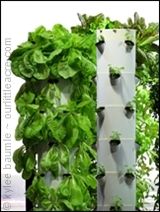
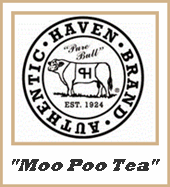

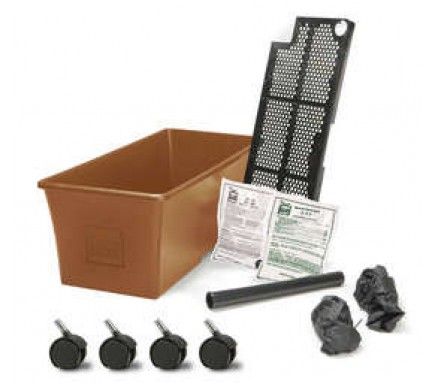
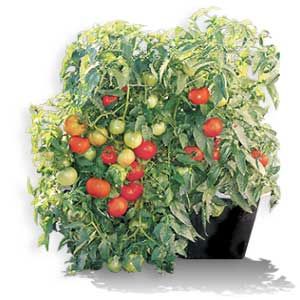

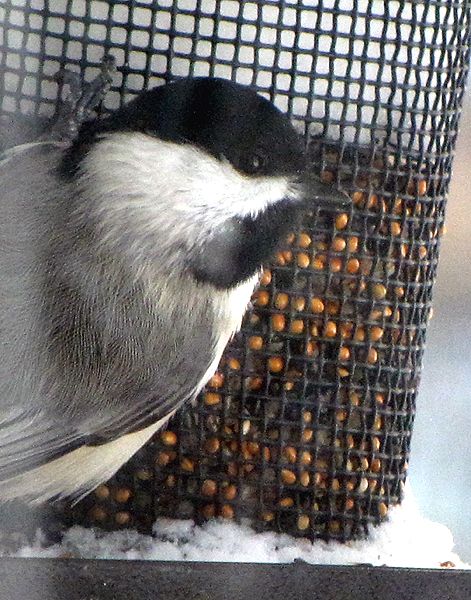
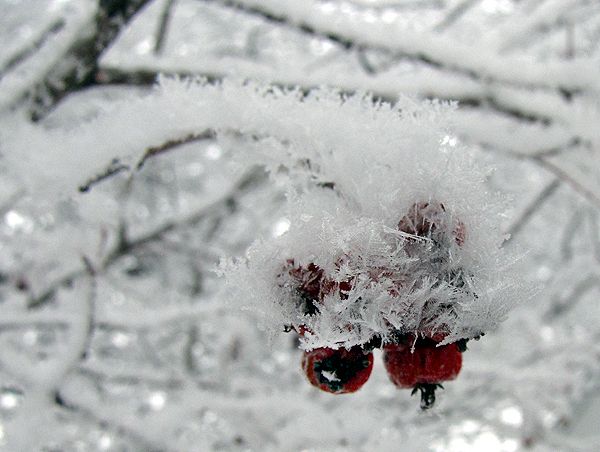
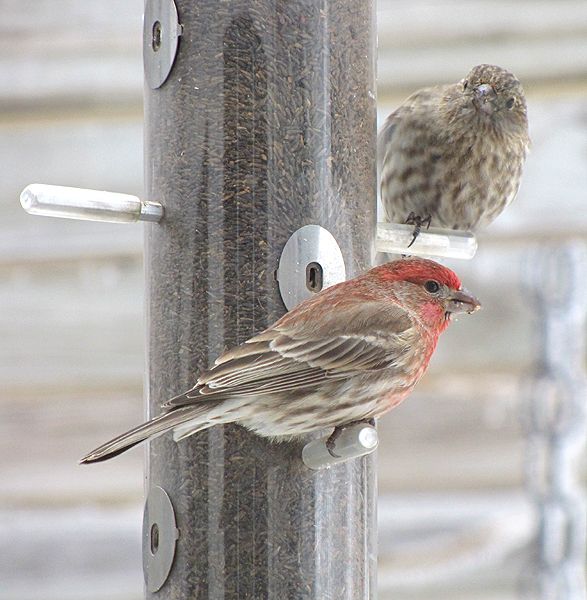
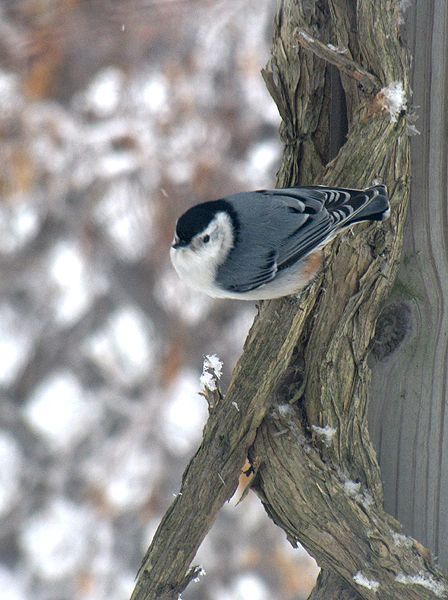

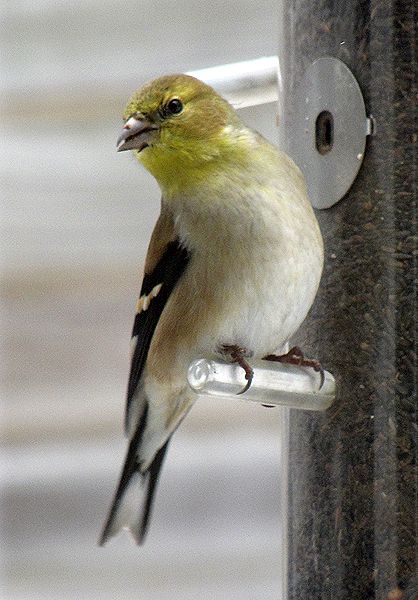


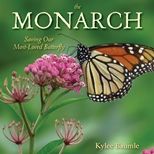

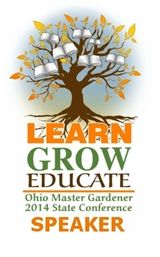



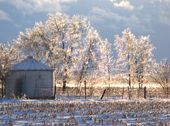 "Bejeweled"
"Bejeweled"